Introduction to Technology's Role in Personalized Preventive Healthcare
Personalized preventive healthcare represents a paradigm shift from reactive treatment to proactive health management. It focuses on identifying individual risk factors and tailoring interventions to prevent disease onset and progression rather than solely treating symptoms.
The integration of advanced technologies such as artificial intelligence (AI), wearable devices, electronic health records (EHRs), and mobile health applications plays a central role in modern personalized health strategies. These technologies enable continuous data collection, sophisticated analysis, and informed decision-making to support individual health profiles.
Proactive health monitoring through wearables and digital platforms allows for early detection of physiological changes and health risks. This facilitates timely intervention, improving outcomes and enhancing the quality of care. By empowering patients and providers with real-time data and predictive insights, technology enhances preventive efforts and fosters a more patient-centered healthcare system.
Key Facts on Digital Technologies Revolutionizing Preventive Healthcare
- Wearable devices enable continuous, real-time health monitoring, including vital signs and biomarkers.
- AI integrates large, multimodal datasets to identify complex disease patterns and predict risks effectively.
- Telemedicine expands access and remote monitoring, improving care in underserved and rural areas.
- Electronic Health Records (EHRs) provide a comprehensive, secure update of patient health history, aiding early intervention.
- Genomics and AI enable personalized prevention strategies, particularly in cancer and chronic disease management.
- Wearables combined with smart nutrition help tailor health plans, promoting healthy aging and reducing chronic diseases.
- Cloud computing and data analytics facilitate scalable, real-time health data processing for predictive analytics.
- Mobile health apps increase patient engagement by providing personalized guidance and facilitating behavior change.
- AI-powered virtual assistants support ongoing patient education, reminders, and adherence, enhancing prevention efforts.
- Integration of digital health technologies shifts healthcare towards proactive, personalized, and data-driven prevention.
1. Wearable Devices Empower Continuous Real-Time Health Monitoring

How do wearable devices transform preventive healthcare?
Wearable devices, including smartwatches and fitness trackers, have revolutionized preventive healthcare by enabling continuous, real-time monitoring of vital signs and health biomarkers. These devices track heart rate, sleep quality, physical activity, glucose levels, and other physiological parameters, providing users with accessible and actionable health data.
One critical application is the early detection of irregular heart rhythms such as atrial fibrillation, as evidenced by studies like the Stanford Medicine Apple Watch study involving over 400,000 participants. Early identification of such conditions allows timely medical evaluation and intervention, potentially preventing severe outcomes.
By integrating wearable data with Electronic Health Records (EHRs), healthcare providers obtain comprehensive, up-to-date patient information that supports personalized decision-making and preventive strategies. This seamless data flow enhances continuous health monitoring beyond episodic clinical visits, paving the way for proactive management and improved outcomes.
Together, wearable technology empowers patients to engage actively in their health, supports clinicians with richer datasets, and transforms the paradigm of preventive medicine from reactive to anticipatory care.
2. Artificial Intelligence Enhances Early Detection and Personalized Risk Prediction
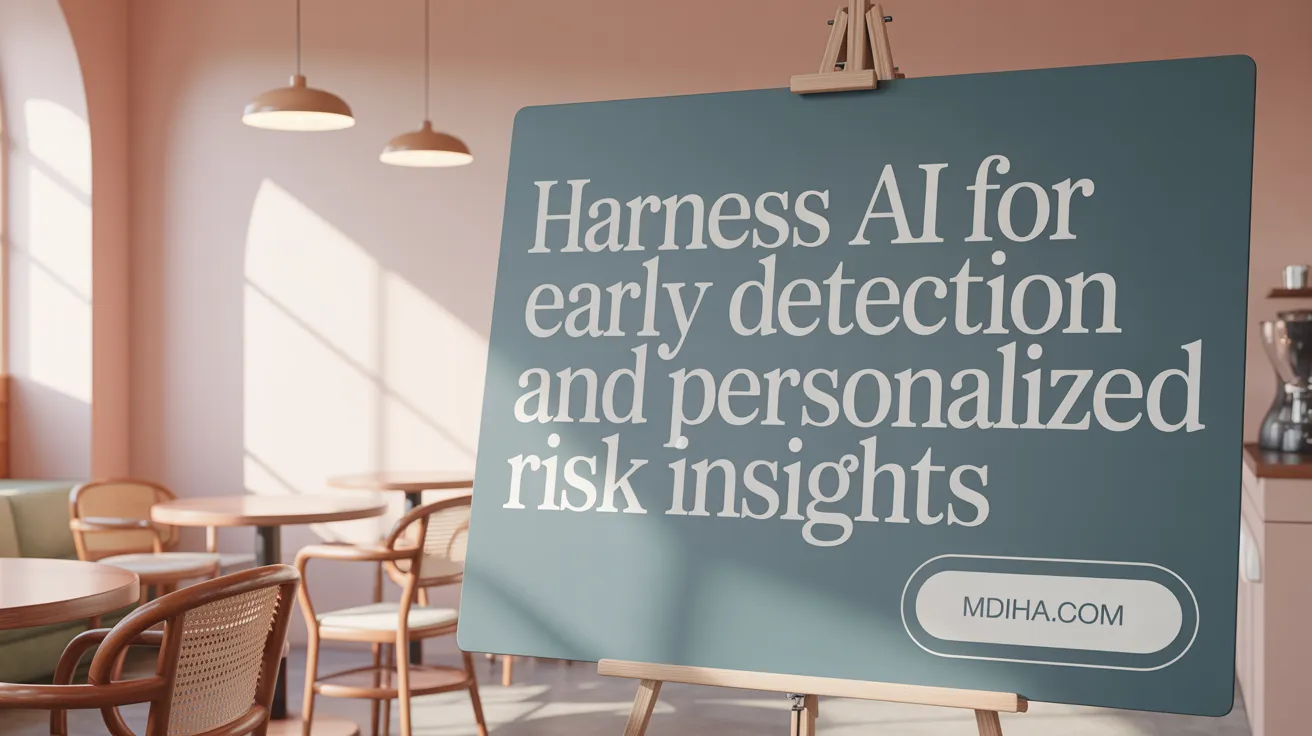
How does AI analyze large, multimodal health datasets?
AI and machine learning integrate vast amounts of health data from diverse sources—including genomic sequences, clinical records, AI-assisted medical imaging, and lifestyle data—to identify complex patterns that human analysis might miss. This multidimensional approach improves understanding of disease mechanisms and individual risk factors.
How does predictive analytics forecast disease risks?
By applying advanced algorithms to historical and real-time health information, AI predicts the likelihood of diseases such as cardiovascular conditions, diabetes, and cancer before symptoms arise. This enables clinicians to initiate early interventions and tailor prevention strategies effectively.
What role does AI-assisted imaging play in diagnostic precision?
AI-powered diagnostic tools utilize image recognition to detect subtle anomalies in radiographs, MRI, and CT scans with higher accuracy and speed than traditional methods. This leads to earlier and more precise identification of diseases, significantly improving treatment outcomes.
How is AI used for personalized treatment and preventive care?
AI synthesizes genetic information, environmental exposures, and behavioral data to design individualized health plans. This personalization supports tailored preventive measures and optimizes therapeutic dosing, reducing adverse effects and enhancing efficacy.
How does AI integrate genetic and lifestyle data?
By combining genomic profiles with lifestyle and clinical details, AI creates comprehensive risk models that reflect the multifactorial nature of diseases. These models inform precision prevention approaches, empowering providers and patients to engage proactively in health management.
In what ways does AI contribute to personalized preventive healthcare?
AI technologies analyze complex datasets including medical images, genomics, clinical history, and lifestyle factors to detect health risks earlier than traditional methods. AI enhances diagnostic accuracy, predicts disease susceptibility, supports personalized treatment planning, and enables proactive, patient-centered preventive care.
3. Telemedicine Increases Access and Enables Remote Preventive Care
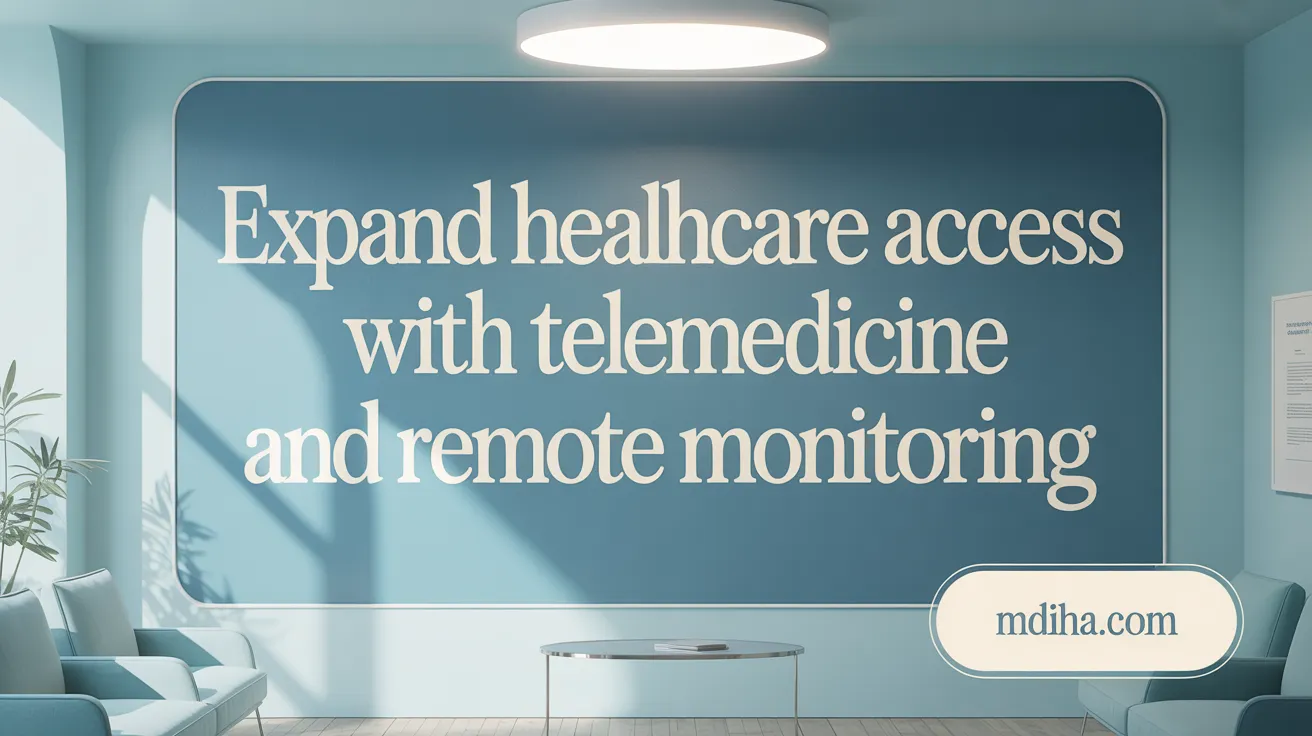
Virtual consultations and remote patient monitoring
Telemedicine for chronic disease management enables healthcare providers to conduct virtual consultations, allowing patients to receive medical advice and care from their homes. Remote patient monitoring systems collect real-time health data, supporting ongoing assessment and early intervention.
Expanded healthcare access in underserved and rural areas
Telemedicine benefits and access bridges geographical barriers, extending healthcare services to rural and underserved populations who traditionally face limited access to medical care.
Management of chronic diseases through telehealth
Patients with chronic conditions benefit from continuous monitoring and timely adjustments to treatment plans, reducing complications and hospital visits through telemedicine for chronic disease management.
Convenience and reduced costs for patients and providers
Telemedicine benefits reduce the need for travel, long waits, and in-person visits, lowering both direct and indirect healthcare costs while enhancing convenience.
Integration with digital health platforms for continuous care
Telemedicine integrates with Electronic Health Records (EHRs) and wearable health devices, creating a seamless flow of health information that facilitates personalized, preventive care over time.
How does telemedicine improve personalized preventive healthcare?
By enabling virtual access, continuous monitoring, and rapid response capabilities, telemedicine supports personalized prevention strategies tailored to individual risk profiles, ensuring timely interventions and improved health outcomes regardless of patient location.
4. Electronic Health Records Foster Comprehensive and Secure Data Integration
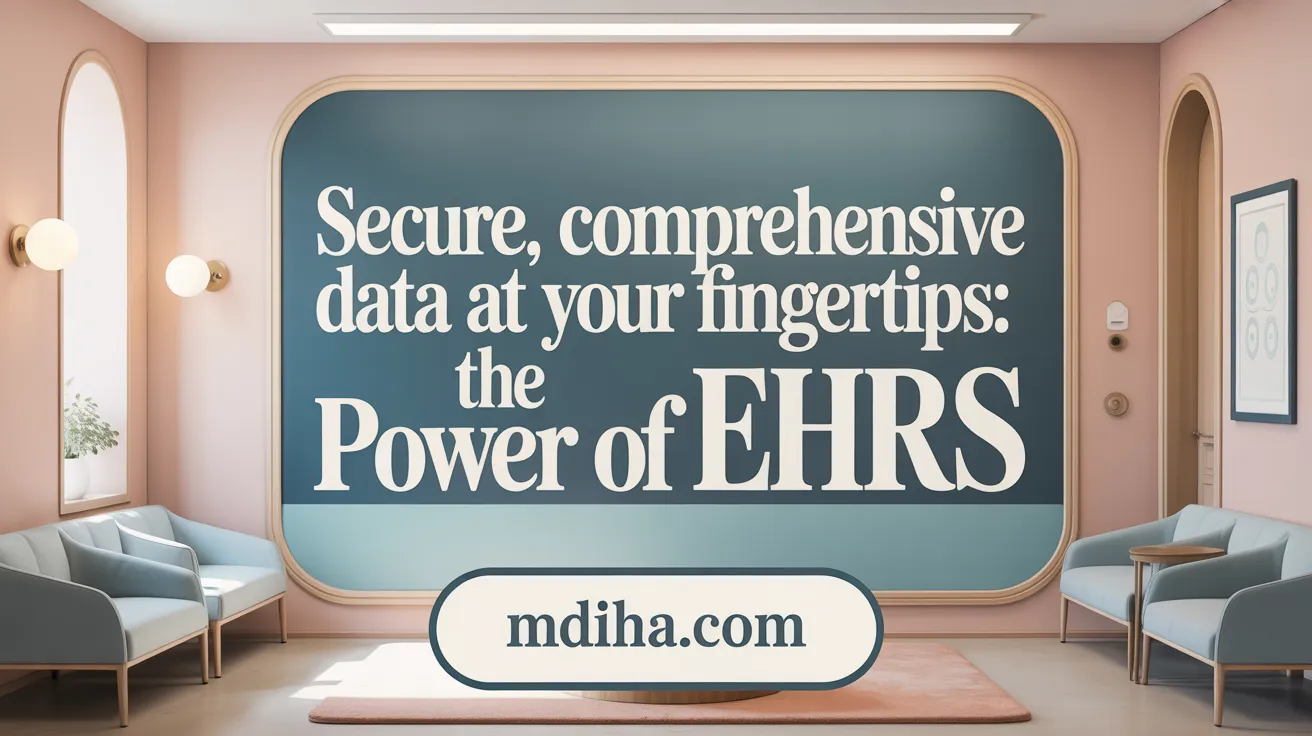
What role do Electronic Health Records play in preventive healthcare?
Electronic Health Records (EHRs) serve as comprehensive digital repositories that capture a patient's entire health history, including diagnoses, laboratory results, medications, and imaging data. This holistic view enhances continuity and coordination of care, enabling healthcare providers to make informed decisions based on up-to-date and complete patient information.
Advanced data analytics embedded within many EHR systems facilitate the identification of health trends and risk factors by analyzing extensive patient data over time. This capability supports early disease detection and the implementation of personalized preventive interventions, shifting care from reactive to proactive.
Security enhancements are integral to EHR platforms, incorporating sophisticated encryption, access controls, and compliance with regulatory standards to protect sensitive health information from cyber threats. Equally important, EHRs empower patients by granting them secure access to their medical records via portals or apps, fostering engagement, transparency, and shared decision-making.
By integrating data sharing, analytic insights, and robust security, EHRs are pivotal in transforming preventive healthcare into a more coordinated, personalized, and secure practice.
5. Integration of Genomics and Precision Medicine Enables Tailored Prevention

How does genomics integration transform preventive healthcare?
The integration of genomics into preventive healthcare leverages advanced techniques like next-generation sequencing (NGS) for comprehensive genomic profiling. This allows for the rapid identification of genetic variants associated with increased disease risk, particularly in cancer and chronic conditions. Coupled with artificial intelligence (AI) algorithms, this genomic data is interpreted with enhanced accuracy and speed, enabling clinicians to develop personalized risk assessments.
AI-driven analysis incorporates genetic, environmental, and lifestyle data to stratify patients according to their unique risk profiles. This facilitates tailored preventive strategies such as customized screening schedules, lifestyle interventions, and pharmacologic prevention targeted to genetic susceptibilities.
In cancer care, genomics-guided prevention supports early detection through risk-based screening protocols and informs preventive therapeutics that are optimized for individual molecular profiles. Similarly, in chronic disease management, genomic insights guide personalized monitoring plans and intervention timing, improving outcomes and reducing the incidence of adverse events.
Overall, the fusion of genomics and precision medicine shifts preventive healthcare from a one-size-fits-all approach to a more effective, individualized paradigm that fosters proactive disease prevention and healthspan extension, reflecting advances in personalized preventive healthcare and precision medicine and AI.
6. Wearables and Smart Nutrition Combine for Personalized Longevity Strategies
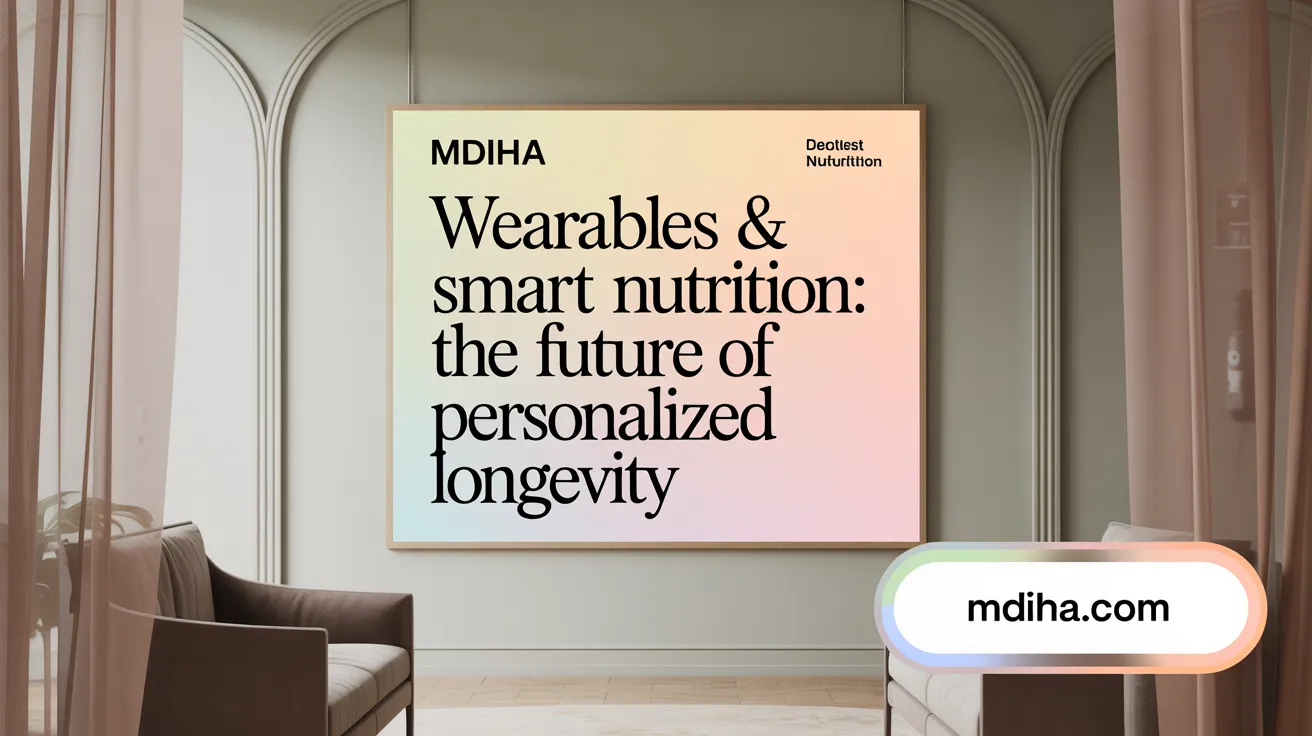
How do wearable technology and smart nutrition together advance preventive healthcare?
Wearable technology continuously monitors vital biomarkers such as heart rate, glucose levels, and sleep patterns, generating real-time health data essential for digital health behavior change. This data is integrated with individual genomic profiles and lifestyle factors, enabling Artificial Intelligence in Healthcare to craft smart nutrition in aging populations plans that adapt dynamically to an individual's health status.
Smart nutrition, which emphasizes nutrient-dense, balanced diets tailored to an individual's physiological needs, plays a critical role in promoting healthy aging. Technologies enable precise adjustments considering changes in nutrient absorption common in older adults, optimizing dietary interventions to prevent chronic diseases and support overall wellness.
The synergy between wearables and AI-driven nutrition planning is facilitated by Technology-driven preventive healthcare that consolidates biomarker monitoring with nutritional guidance and behavioral insights. This holistic approach enables continuous, personalized health management, enhancing prevention strategies and extending healthspan beyond traditional lifespan metrics.
Integrating wearable data with smart nutrition supports proactive disease prevention by identifying early deviations from optimal health and enabling tailored interventions. This combination empowers individuals to make informed dietary choices and engage in personalized preventive healthcare, crucial for mitigating age-related health decline and chronic conditions.
7. Cloud Computing and Data Analytics Enable Scalable Preventive Health Solutions

What advantages do cloud computing and analytics offer for preventive healthcare?
Cloud computing provides scalable and cost-effective infrastructure critical for storing and managing vast amounts of health data generated from electronic health records (EHRs), wearable devices, and genomic analyses. This infrastructure enables rapid processing and real-time analysis of complex datasets, a necessary foundation for advanced predictive models and artificial intelligence (AI) algorithms in preventive care.
The integration of cloud platforms facilitates healthcare system interoperability, allowing secure and seamless data sharing among multiple providers. This capability enhances coordinated care, especially important for early disease detection, risk stratification, and personalized interventions.
Furthermore, cloud-based analytics accelerate AI-driven insights by enabling the aggregation of large, heterogeneous datasets—such as biometric, genomic, and lifestyle data—empowering clinicians to implement data-driven, predictive analytics in healthcare.
Importantly, these technologies reduce healthcare costs by optimizing resource allocation and expanding the reach of preventive services to underserved and remote populations through telemedicine for chronic disease management.
Such scalable solutions are foundational for transitioning healthcare from reactive treatment to proactive prevention, improving population health outcomes while ensuring accessibility and affordability.
8. Mobile Health Applications Enhance Patient Engagement and Behavior Change
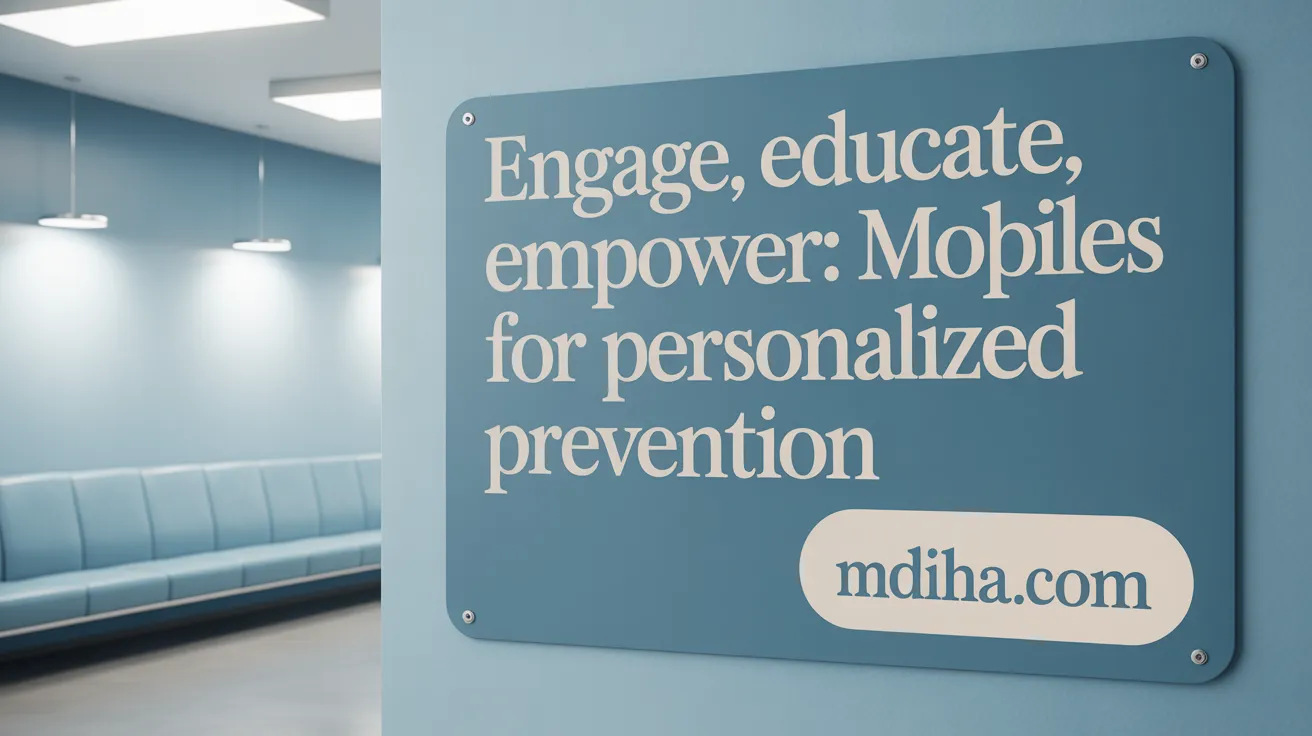
How do mobile health applications drive personalized preventive care?
Mobile health (mHealth) applications are pivotal in advancing personalized preventive care by delivering tailored content and recommendations that foster self-care and healthy behaviors. These apps integrate seamlessly with wearable devices for health monitoring, electronic health records (EHR) for preventive care, and other digital health technologies for preventive care to provide a comprehensive health overview, enhancing patient engagement and enabling early disease detection.
Through continuous monitoring of health metrics—such as heart rate, physical activity, and sleep patterns—mHealth apps empower users to modify behaviors proactively, addressing risk factors before conditions escalate. They offer personalized intervention strategies that are responsive to individual lifestyles and clinical data, supporting chronic disease prevention and management with AI-driven predictive analytics in healthcare.
Additionally, these platforms often include mental health tools and behavioral modification resources, promoting holistic wellness. By facilitating a two-way exchange of data between patients and healthcare providers, mHealth applications support tailored clinical decision-making and encourage sustained patient participation in their health journey (digital health behavior change).
9. Artificial Intelligence-Powered Virtual Health Assistants Support Continuous Care
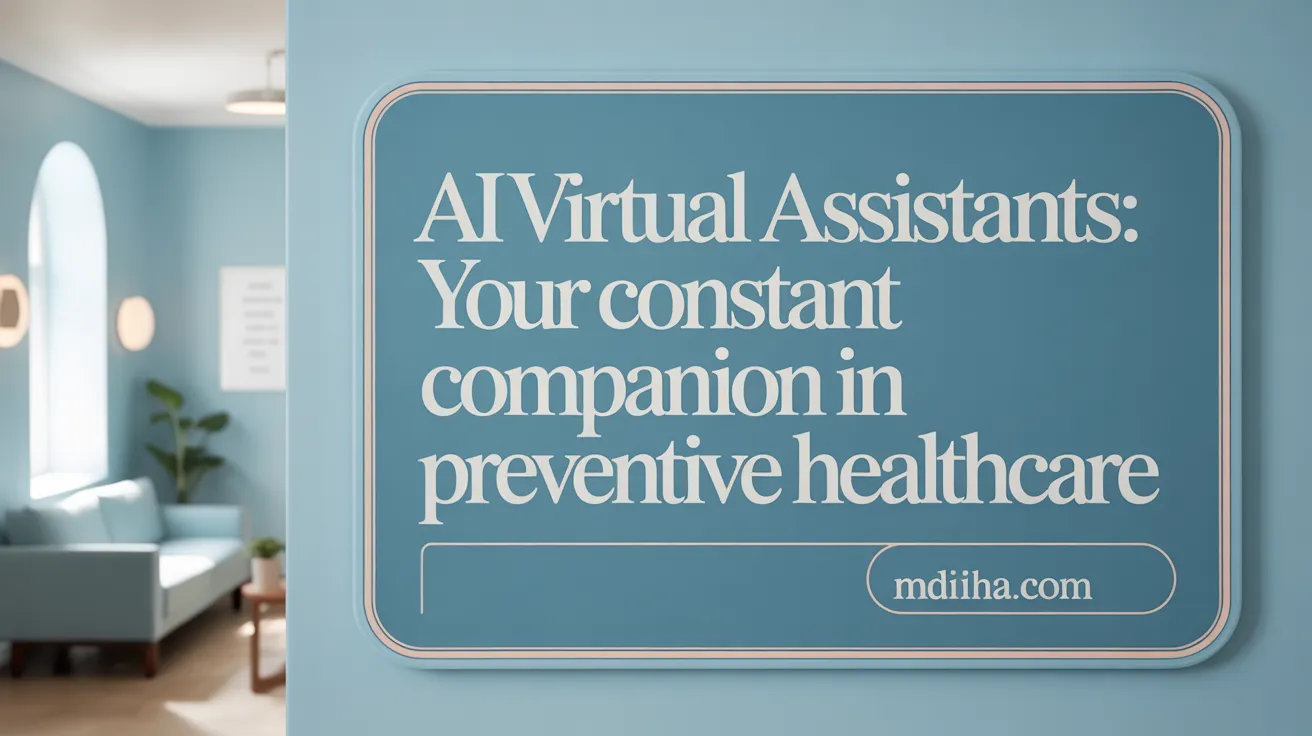
AI-driven chatbots and virtual assistants
Artificial intelligence-powered virtual health assistants interact with patients using text or voice platforms. These assistants deliver personalized health advice, monitor patient status, and provide real-time responses to health queries, facilitating continuous engagement.
Enhancing patient education and reminders
Virtual assistants offer tailored educational content that helps patients understand their health conditions and preventive measures. They send timely reminders for medication intake, upcoming appointments, and lifestyle recommendations to maintain adherence.
Facilitating medication adherence and follow-ups
By automating medication reminders and follow-up prompts, AI assistants improve patient compliance with prescribed preventive regimens, reducing the risk of disease progression and hospital admissions. This supports preventive healthcare technology efforts and enhances patient outcomes.
Reducing clinical workload and improving care quality
AI virtual assistants alleviate administrative burdens on clinicians by managing routine patient communications and data collection. This improves care efficiency and allows healthcare providers to focus on complex clinical decision-making, leveraging AI in clinical decision-making.
Supporting preventive health through personalized interactions
Through ongoing, personalized dialogues, virtual health assistants empower patients to actively participate in their preventive health plans, enabling early detection of risk factors and promoting healthier behaviors, aligned with digital health technologies for preventive care.
What is the role of AI virtual assistants in preventive healthcare?
AI-powered virtual health assistants provide personalized health advice, medication reminders, and behavioral support. They enhance patient education, improve adherence to prevention protocols, reduce clinicians' administrative workload, and maintain continuous patient engagement, thus playing a pivotal role in effective preventive healthcare.
Conclusion: The Future of Personalized Preventive Healthcare is Tech-Enabled
Technological Innovations Shaping Preventive Healthcare
Recent advancements in artificial intelligence, wearable devices, telemedicine, and genomics have dramatically transformed the landscape of personalized preventive healthcare. These tools enable continuous health monitoring, early disease detection, and tailored treatment plans that consider each individual's unique genetic, lifestyle, and environmental factors.
Integrating Technologies for Comprehensive Health Management
Effective preventive care increasingly depends on the integration of diverse technologies such as electronic health records (EHRs), AI-driven analytics, mobile health applications, and remote patient monitoring systems. This convergence supports a holistic approach, allowing healthcare providers to synthesize data from multiple sources to deliver precise, personalized interventions.
Envisioning Proactive, Accessible, and Personalized Models
The future of preventive healthcare is centered on proactive disease prevention and health promotion, facilitated by seamless technology integration. These innovations promise to increase accessibility, reduce healthcare disparities, and empower patients with personalized insights. Collectively, this tech-enabled ecosystem fosters longer healthspan, enhanced quality of life, and more efficient healthcare delivery tailored to individual needs.
